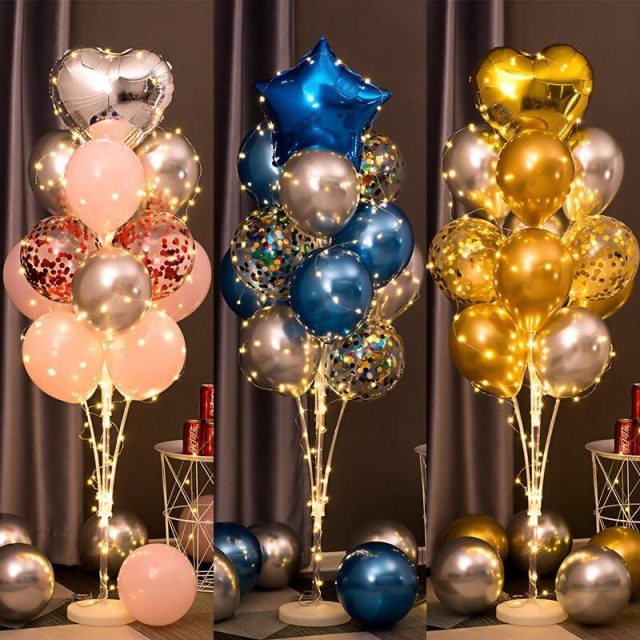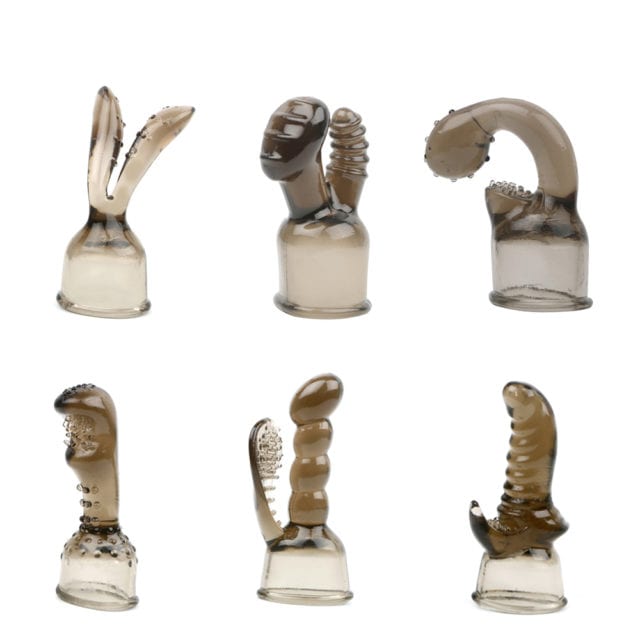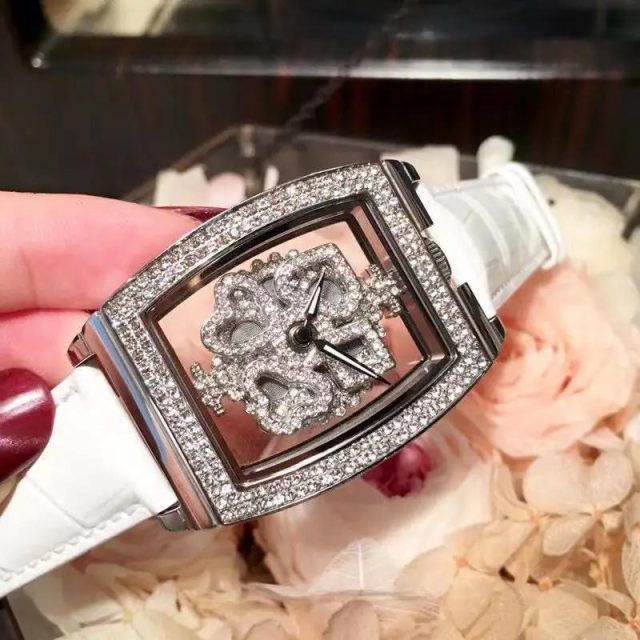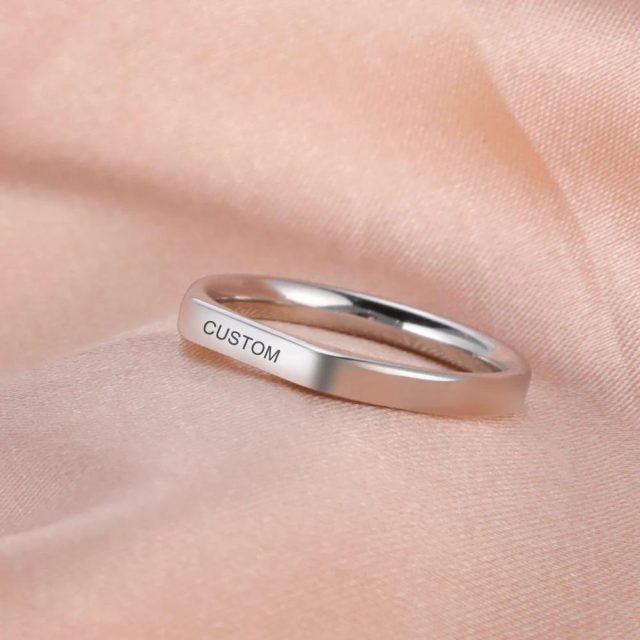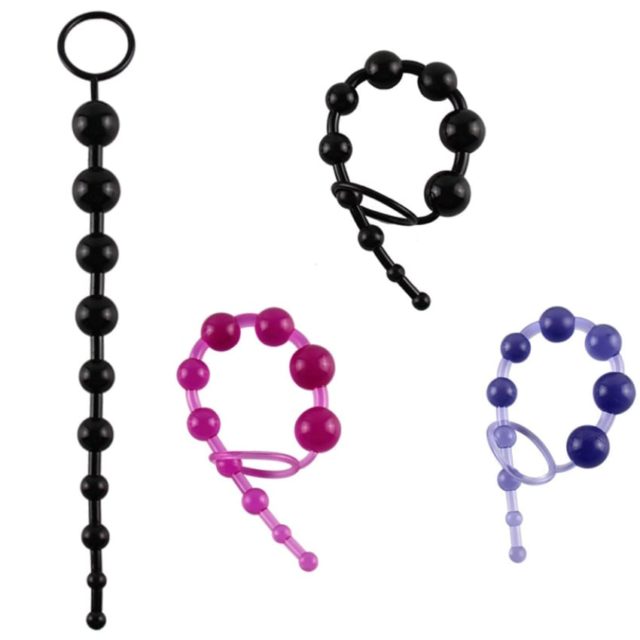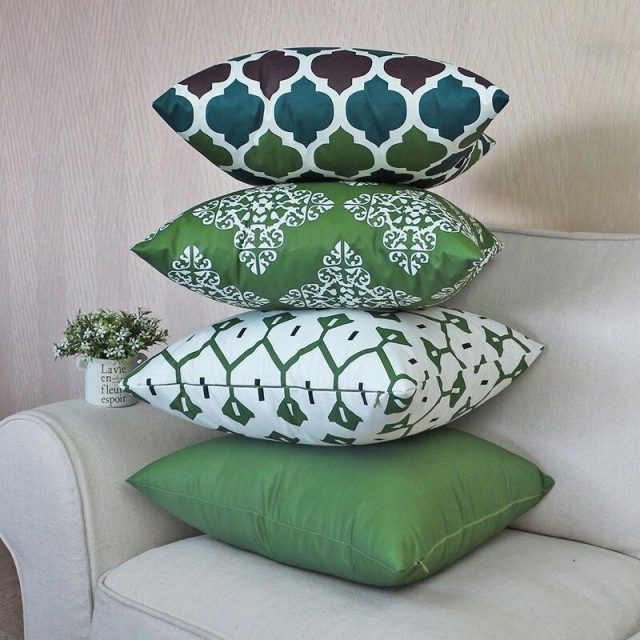Gold Wall Art | Canvas Art Painting | Home Decor Wall Art | Living Room Decoration
Features:
- Name: Gold Wall Art
- Material: Canvas
- Color :As the photo shown
- Package content:1 piece, roll in the PVC tube
- Size: 1 inch=2.54cm
XS: 20x20cm(8x8inch,12g)
S: 30x30cm(12x12inch,25g)
M: 40x40cm(16x16inch,45g)
L: 50x50cm(20x20inch,60g)
XL: 60x60cm(24x24inch,95g)
- Customized: accepted any customized picture and size are welcome.
Notice:
- The frame is not included, To save your shipping cost and avoid the frame damaged during the shipping
- For the color, a litter bit color different is normal, hope you can understand.

The Timeless Elegance of Gold Wall Art:
Gold has long been associated with luxury, wealth, and timeless beauty. Its shimmering allure has captivated artists and decorators for centuries, leading to the creation of exquisite gold wall art that continues to adorn homes, galleries, and public spaces around the world.
we delve into the world of gold wall art, uncovering its historical significance, the various forms it takes, and its enduring appeal in contemporary interior design.
The Historical Significance of Gold Wall Art:
Gold has held a significant place in human history since ancient times. It was one of the first metals to be used by humans, primarily for its decorative and ornamental qualities. The use of gold in art and architecture can be traced back to ancient civilizations, such as the Egyptians, Greeks, and Romans. These cultures utilized gold leaf and gold pigments to create stunning works of art that symbolized power, wealth, and divinity.
One of the most iconic examples of gold wall art from antiquity is the “Nefertiti Bust,” an Egyptian artifact from the 14th century BCE. This striking sculpture features a beautifully gilded headdress, exemplifying the use of gold to enhance the beauty and prestige of the depicted figure. Gold leaf was also commonly used to adorn temples, palaces, and tombs, emphasizing the connection between gold and the divine.
During the Renaissance in Europe, gold leaf was widely employed in religious paintings and altarpieces. Artists like Sandro Botticelli and Fra Angelico used gold to give their works an ethereal, otherworldly quality. The shimmering surface of gold leaf was thought to capture and reflect divine light, elevating the spiritual experience of the viewer.
Forms of Gold Wall Art:
Gold wall art encompasses a diverse range of forms and styles, each with its own unique appeal. Here are some of the most prominent types of gold wall art:
- Gilded Frames: One of the most common uses of gold in wall art is in the form of gilded frames. These frames add a touch of opulence to paintings, mirrors, and photographs, enhancing the overall aesthetic of the artwork.
- Gold Leaf Paintings: Gold leaf is often applied directly to canvases or wooden panels, creating a captivating surface that shimmers in the light. Artists use gold leaf to accentuate specific elements within their compositions, adding depth and texture to their works.
- Sculptures: Gold is used to adorn sculptures, adding a layer of richness to three-dimensional art. Sculptors may gild certain parts of their work or create entirely gold sculptures to achieve a striking visual effect.
- Mosaics: In mosaic art, small pieces of gold tesserae are used to create intricate patterns and designs. This technique has been used in various cultures, from Byzantine mosaics to Islamic art.
- Wall Murals: Gold leaf can be used to create breathtaking wall murals, transforming entire spaces with its luminous beauty. These murals often feature intricate designs, creating a sense of grandeur in any room.
- Contemporary Art: Modern artists continue to experiment with gold in their creations. From abstract gold leaf paintings to mixed-media works that incorporate gold accents, contemporary gold wall art pushes the boundaries of traditional techniques.
Enduring Appeal in Contemporary Interior Design:
The allure of gold wall art has not waned with the passage of time; it remains a highly sought-after element in contemporary interior design. Here’s why:
- Timeless Elegance: Gold’s timeless and opulent appeal makes it a versatile choice for various design styles. Whether you prefer a traditional or modern interior, gold wall art can be seamlessly integrated.
- Versatility: Gold pairs well with a wide range of colors, including white, black, deep blues, and earthy tones. This versatility allows it to be used in various design schemes.
- Reflective Qualities: Gold has a unique ability to reflect and manipulate light, creating a dynamic and ever-changing visual experience within a space. This adds depth and dimension to the room.
- Luxury and Sophistication: The use of gold conveys a sense of luxury and sophistication, elevating the overall ambiance of a room. It is often associated with affluence and good taste.
- Statement Pieces: Gold wall art can act as a captivating focal point in a room, drawing attention and creating a lasting impression on visitors.
- Personal Expression: Art is a form of personal expression, and the choice of gold wall art can be a reflection of one’s taste and personality. It adds a unique, custom touch to any space.
Gold wall art has transcended the boundaries of time and culture, consistently retaining its status as a symbol of opulence and timeless beauty. Its rich history, diverse forms, and enduring appeal in contemporary interior design all contribute to its prominence in the world of art and decoration. As we continue to appreciate the beauty of gold wall art, we also acknowledge its ability to enrich our surroundings with a touch of luxury and elegance, creating spaces that are truly works of art themselves.






























































